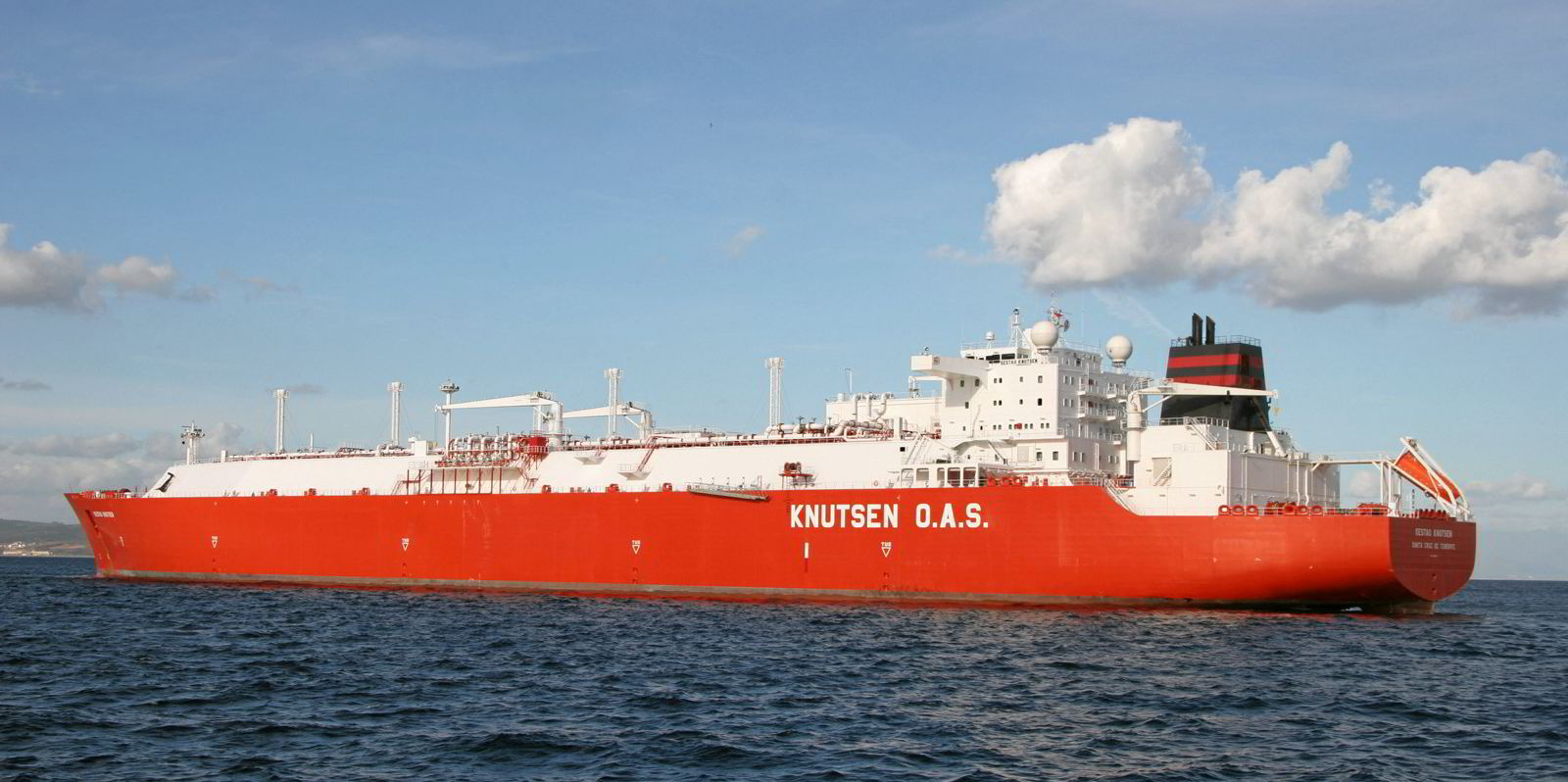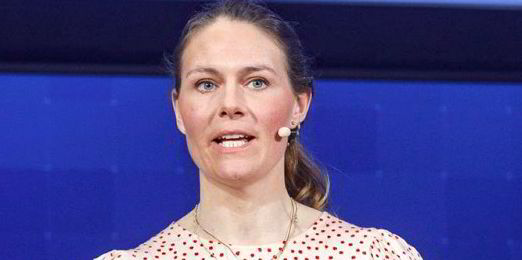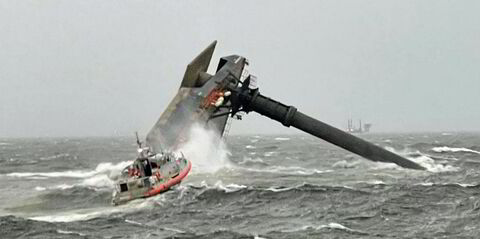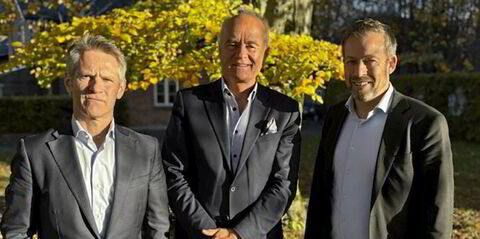Norwegian shipowner Synnove Seglem believes there will be strong demand for LNG shipping, at least for the next five years.
The deputy managing director of Knutsen OAS Shipping highlighted the demand for energy and the large number of LNG carriers that will no longer be able to trade due to the incoming environmental regulations.
“I think there will be a shift to renew some of the fleet,” she said.
Knutsen is one of the owners looking at its options on this.
The company has four steam-turbine LNG carriers in its fleet, all of which are less than 20 years old and employed on long-term charters. The first is due to redeliver in 2024.
Seglem said the company is following all the incoming regulatory requirements very closely and working on the calculation of the final Energy Efficiency Existing Ship Index (EEXI) for its vessels.
Once these reports have been verified, they will see if there is anything more it needs to do with its vessels.
Seglem said Knutsen’s newbuilding team works closely on this, with lists of ideas of what can be done along with costings.
“It is important that we find the right solution for ourselves but also together with the charterer,” she said. “It is one thing to get the diploma of how the vessel is but another is how it is operating.”
Seglem said the new EEXI and Carbon Intensity Indicator regulations are just something all owners need to “figure out and work with”.
She said: “What is a little bit confusing is the EU [European Union] having its own measures and calculations, but we will manage.”
Knutsen has a strong view on the technical details of its vessels and pushes for its preferred technology but, ultimately, Seglem said it is the charterer that has the final decision as it comes back to the cost.
The company’s newbuildings have a mix of X-DF and ME-GI engine types, with charterers such as QatarEnergy and Shell playing a key role in the design of their vessels.
But Knutsen is already looking forward to the next generation of ships.
Seglem said fuel efficiency and new fuels are a consideration for all of the company’s new ships.
She said the organisation is looking into all scenarios and trying to be flexible by choosing engines that can burn a wide variety of fuels or be converted later on.
Knutsen has also teamed up with long-term partner NYK Line on CO2 carriers for carbon capture utilisation and storage projects under a new venture — Knutsen NYK Carbon Carriers.
It is also working with Wartsila on a project looking at ammonia as a fuel.
“We are very open-minded at the moment,” Seglem said.




